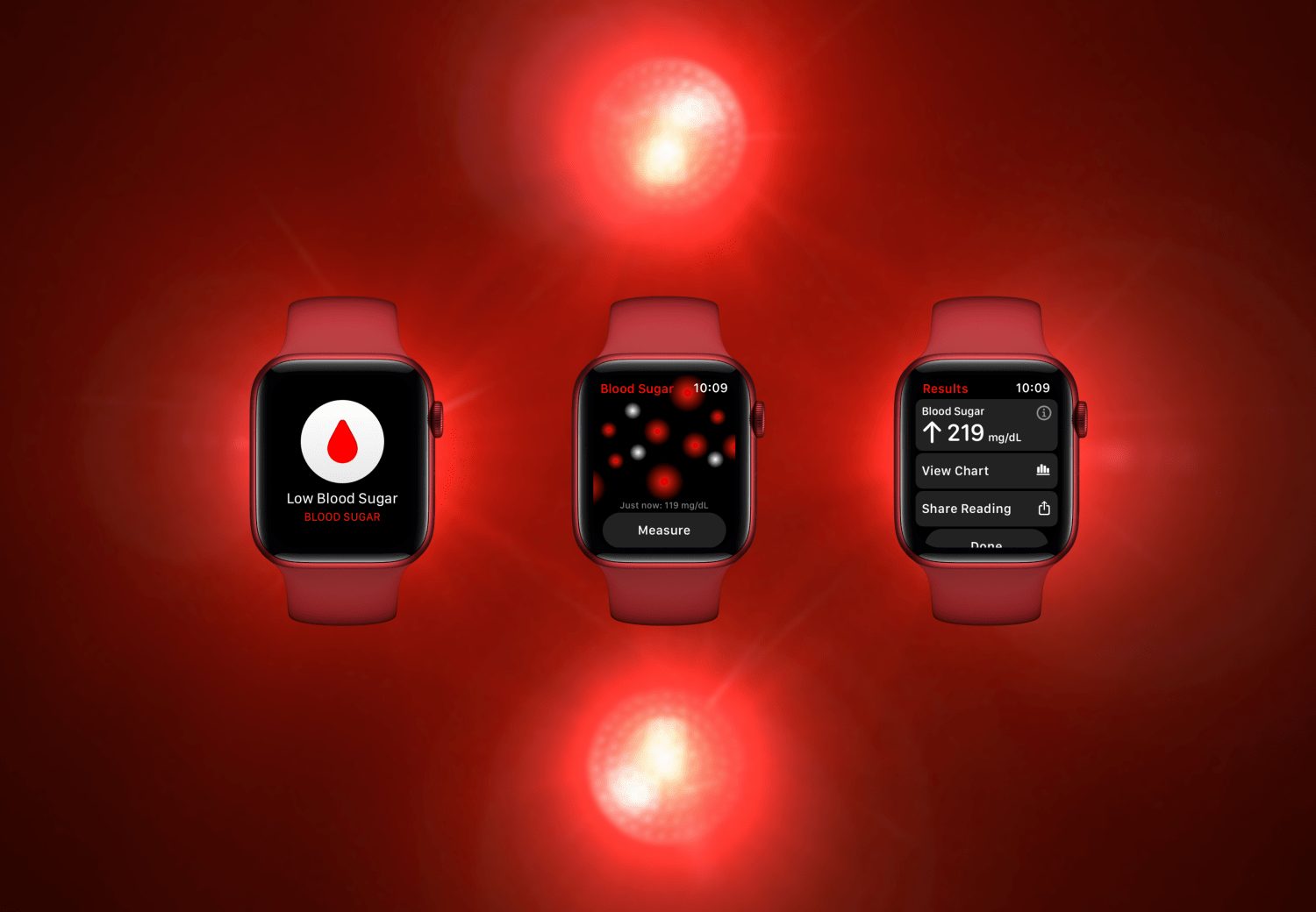A new Apple Watch patent reveals that the company is working on using terahertz electromagnetic radiation technology to monitor glucose on the smartwatch. The new sensor would allow users to keep track of their blood sugar levels without drawing blood.
Recently, it was reported that the next-generation Apple Watch Series 7 would be equipped with an optical sensor to measure blood glucose without pricking fingers to get a small blood sample.
“Efforts to apply the blood glucose level measurement technology to mobile and wearable devices including smartwatches have been taking place for many years.” said one expert in wearable devices on January 24. “The technology will be a catalyst to the appearance of various healthcare services and the spread of the global healthcare market.”

A new Apple Watch Patent shows blood glucose measurement technology coming in the next-generation model
The Apple Watch Series 6 introduced a new blood oxygen monitoring, expanding the smartwatch’s health-related features. And if Apple is able to bring non-invasive blood glucose monitoring on the next-generation Apple Watch it will be a major breakthrough for the device. There are no clear symptoms to indicate low or high sugar level, therefore, the ability to measure it on the wrist will be beneficial for the users, especially for those suffering from diabetes.
The new Apple Watch patent states that a terahertz sensor would emit electromagnetic waves to monitor absorption spectra.
Embodiments are disclosed for terahertz spectroscopy and imaging in dynamic environments. In an embodiment, a method comprises using a sensor of an electronic device to determine an orientation of the electronic device.
A transmitter of the electronic device emits an electromagnetic (EM) wave in a terahertz (THz) frequency band into a dynamic environment according to a power duty cycle that is determined at least in part by the orientation. A receiver of the electronic device receives a reflected EM wave from the environment.

The device will compare new the absorption spectra to older ones to record the glucose concentration level.
A spectral response of the reflected EM wave is determined that includes absorption spectra that is indicative of the transmission medium in the environment. The absorption spectra are compared with known absorption spectra of target transmission mediums. Based on the comparing, a particular target transmission medium is identified as being the transmission medium in the environment, and a concentration level of the identified target transmission medium in the environment is determined.
3 comments
Comments are closed.